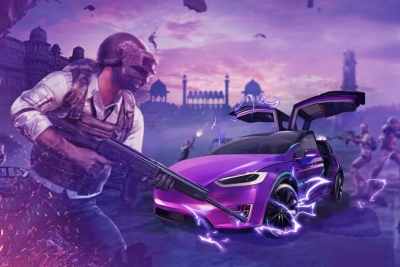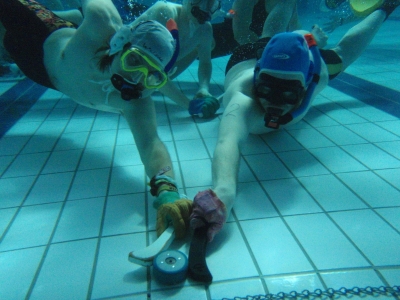PUBG Mobile teams up with Tesla to bring vehicle skins to game

PUBG Mobile has joined hands with electric car maker Tesla to bring Tesla-specific elements to the game. These will likely include the cars of the company that will be soon available in PUBG Mobile via the game's skins for popular cars like the Model S, the Model X, the Model Y and the Model 3. Battlegrounds Mobile India is the Indianised version of PUBG Mobile India which was banned in September 2020 due to privacy concerns. Battlegrounds Mobile India players will have to wait longer to get a chance to use these skins as the game is still in beta phase.
Assuming that BGMI is more or less a rebadged version of the PUBG, the developers could introduce Tesla-related in-game elements. This is a pure guess considering both games are fairly similar and are under Krafton’s roof. Krafton is yet to make an official announcement around the introduction of Tesla cars in BGMI at the time of writing this.
In related news, BGMI is available for early access download on the Google Play Store. Players who pre-register can download the game on Android smartphones.
Picture Credit : Google
